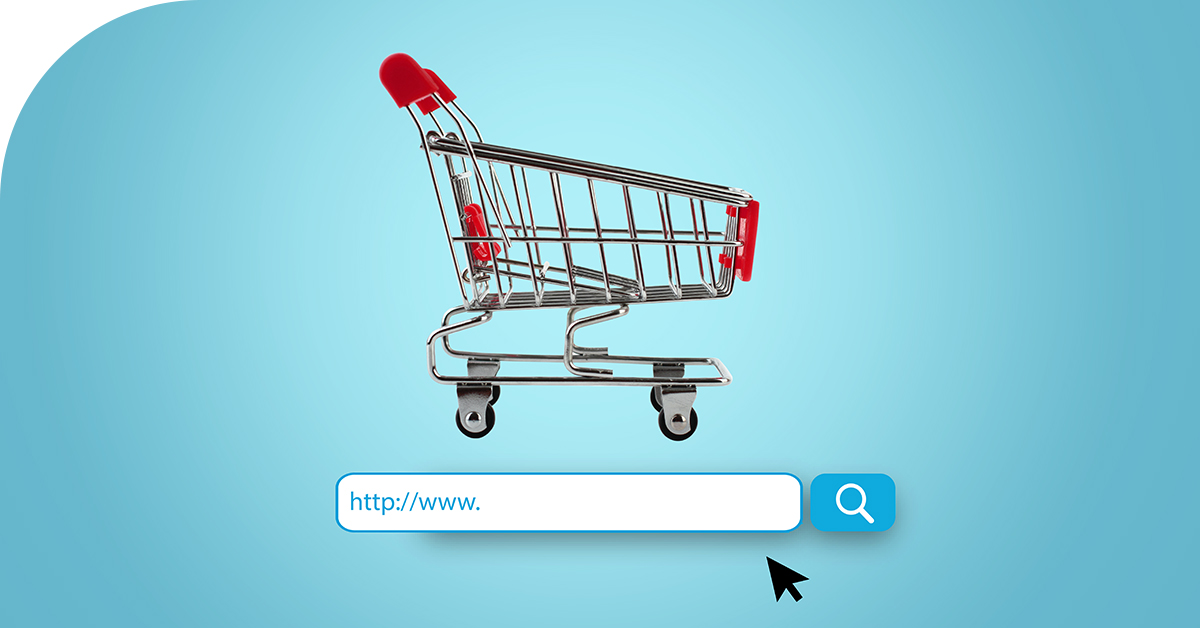Have you ever walked into a Whole Foods and been served with an ad with a special offer or product feature at Whole Foods? On the flip side, how about an ad for the nearest Trader Joe’s instead?
These are two simple examples of the power of location-based targeting, and more specifically, geofencing and geoframing.
What’s all the geo-hype about?
Location-based advertising techniques enable marketers to target individuals based on granular, hyperlocal geolocation data. (Yeah, it’s cool!)
It can be effective for a number of reasons, but some of the most common use cases are:
- It’s one of the best ways to provide relevant value to your audience.
- You can show your customers that you know them and their needs, fostering a deeper connection with, and loyalty to, your brand.
- Smaller companies can use it to compete with bigger names.
- It helps to increase brand visibility.
- And more!
This post will delve into all of the benefits, best practices, and how to choose between geofencing and geoframing. But first, let’s get to know them a little better.
What is geofencing?
 Geofencing enables marketers to target mobile devices based on their location, allowing advertisers to reach individuals who enter a large location or chain of locations. Geofencing can also come in handy for reaching consumers when you have not already collected their first-party data.
Geofencing enables marketers to target mobile devices based on their location, allowing advertisers to reach individuals who enter a large location or chain of locations. Geofencing can also come in handy for reaching consumers when you have not already collected their first-party data.
How geofencing works:
Marketers can establish a “fence” (radius around an address or destination, or a drawn frame) around a specific location. From there, an actionable audience can be targeted from that location. As an added layer of accuracy, geofencing providers validate the exactness of each ad’s placement by requesting the device location data before an impression is served.
 Geofences can be built from location names, types, postcodes, designated market areas (DMAs), and more. In Choozle, a Strategist will build your geofence in our partner’s system and make the geofence’s data available to be selected for use in your ad group(s).
Geofences can be built from location names, types, postcodes, designated market areas (DMAs), and more. In Choozle, a Strategist will build your geofence in our partner’s system and make the geofence’s data available to be selected for use in your ad group(s).
What is geoframing?
 Dubbed “geofencing on steroids” by NextPage, geoframing is an incredibly targeted tactic that enables the creation of a custom audience based on mobile devices collected within a specific location and time. The creation of a geoframe, or the location and time frame of which mobile devices are being collected and aggregated into that actionable custom audience, allows marketers to target individuals from specific events or locations after they have left that geolocation.
Dubbed “geofencing on steroids” by NextPage, geoframing is an incredibly targeted tactic that enables the creation of a custom audience based on mobile devices collected within a specific location and time. The creation of a geoframe, or the location and time frame of which mobile devices are being collected and aggregated into that actionable custom audience, allows marketers to target individuals from specific events or locations after they have left that geolocation.
Use cases for creating geoframes include attempting to attract repeat customers to a company, trying to attract foot traffic from a competitive business (like in the Trader Joe’s example in the first paragraph of this post), or cross/upsell customers at events.
How does geoframing work?
Geoframing providers utilize mobile service carrier and device ID data to create pools of users for custom audience targeting and Device ID Retargeting (in the U.S.).
 After providing the needed addresses, geoframes can be built by drawing a perimeter around your targeted locations. In Choozle, a Strategist can provide one hour of geoframe building services before billable hours apply, or you can build your geoframes in our provider’s system. Finally, once the geoframe is created, the provider will begin aggregating the mobile IDs of the users seen in your location at your selected timeframe.
After providing the needed addresses, geoframes can be built by drawing a perimeter around your targeted locations. In Choozle, a Strategist can provide one hour of geoframe building services before billable hours apply, or you can build your geoframes in our provider’s system. Finally, once the geoframe is created, the provider will begin aggregating the mobile IDs of the users seen in your location at your selected timeframe.
What’s even better, you can choose from hundreds of pre-defined geolocation audiences that allow you to get granular without taking the time to build one.
Geofencing vs. geoframing: how to choose?
Geofencing and geoframing are both forms of geolocation targeting that rely on hyper-specific location data from a mobile device to create an actionable target audience for your digital advertising campaign.
Geofencing is a tactic that’s best suited for campaigns looking to narrow the scope of their campaign’s reach to someone within a geofence right at that moment.
Taking it back to our Whole Foods example, your brand may have a product that is sold at Whole Foods locations. By leveraging geofencing, you can reach shoppers who are presently at Whole Foods locations and show them an ad for your product to drive sales.
Alternatively, geoframing is best for creating a user pool based on who’s been at a specific location, but that is used in the future for retargeting, cross-selling or upselling.
For example, your brand may wish to collect the device IDs of the individuals who come to their store to retarget them later to return for another purchase. Additionally, if you’re Trader Joes, you can target the devices who have entered the perimeter of a nearby Whole Foods and try to attract customers to your store instead.
Why use geofencing or geoframing?
In both instances, mobile device data is collected and utilized to create a more niche audience than standard geolocation targets allow. Geofencing and geoframing can include nation, state, city, designated market area (DMA), and postal code targeting.
- Geofencing allows marketers to narrow the scope of their campaign’s targeting in real-time.
- Geoframing allows marketers to collect historical data on users who have been to a location.
Geofencing and geoframing best practices
- It is recommended that you build the campaign’s creative using mobile creative sizes (300×50, 320×50, 320×480) or sizes accepted across devices (300×250, 728×90) since geofencing and geoframing options target mobile devices.
- Set your base and max CPMs at a rate higher than standard display tactics to ensure you win a large percentage of the already limited inventory in a hyperlocal geolocation.
- For both geofencing and geoframing, it’s not recommended to layer any additional targeting constraints like data targeting, contextual targeting, site targeting, etc. so as to prevent the audience from being too narrow.
- Due to the narrowed targeting, the frequency cap should not dip below 3 impressions per 24 hours.
Geolocation targeting use cases
Example: clothing store
- A clothing store whose shoppers frequent other stores—like H&M, for example—can use geofencing to target those who are within 100 feet of an H&M and serve them a real-time offer.
- They can also use geoframing for historical visitation targeting to reach people who have been to H&M’s within the last month or have similar visitation history.
Example: lookalike audiences
- When starting out with programmatic, after a pixel is placed but before it’s full of users to retarget to, any company or brand can use pre-built or custom audiences to create a lookalike audience they can use in the meantime.
Example: a gym
- A gym can use geofencing to target people on their mobile device in real-time whenever they’re at an activewear store, running shoe stores, protein smoothie shop, etc.
- They can also use geoframing to reach them after-the-fact.
Example: public service
- A public service company, like a food access nonprofit, can utilize geoframing to target lower-income users in parks, libraries, etc. as an informative tactic to let them know of their services.
Example: organic food brand
- Niche companies, like an organic food brand, can use geofencing to reach shoppers at several supermarkets in real-time to promote their product while they’re in the grocery store.
- Then, they can use geoframing to reach historical Whole Foods shoppers, those who go to yoga studios, people who attend certain festivals, etc.
Geofencing and geoframing are Supported Solutions available to our partners or advertisers and can be implemented with the help of our Client Experience team. Also, check out how our friends at OnScreen Media used geofencing and geoframing in their campaigns.








